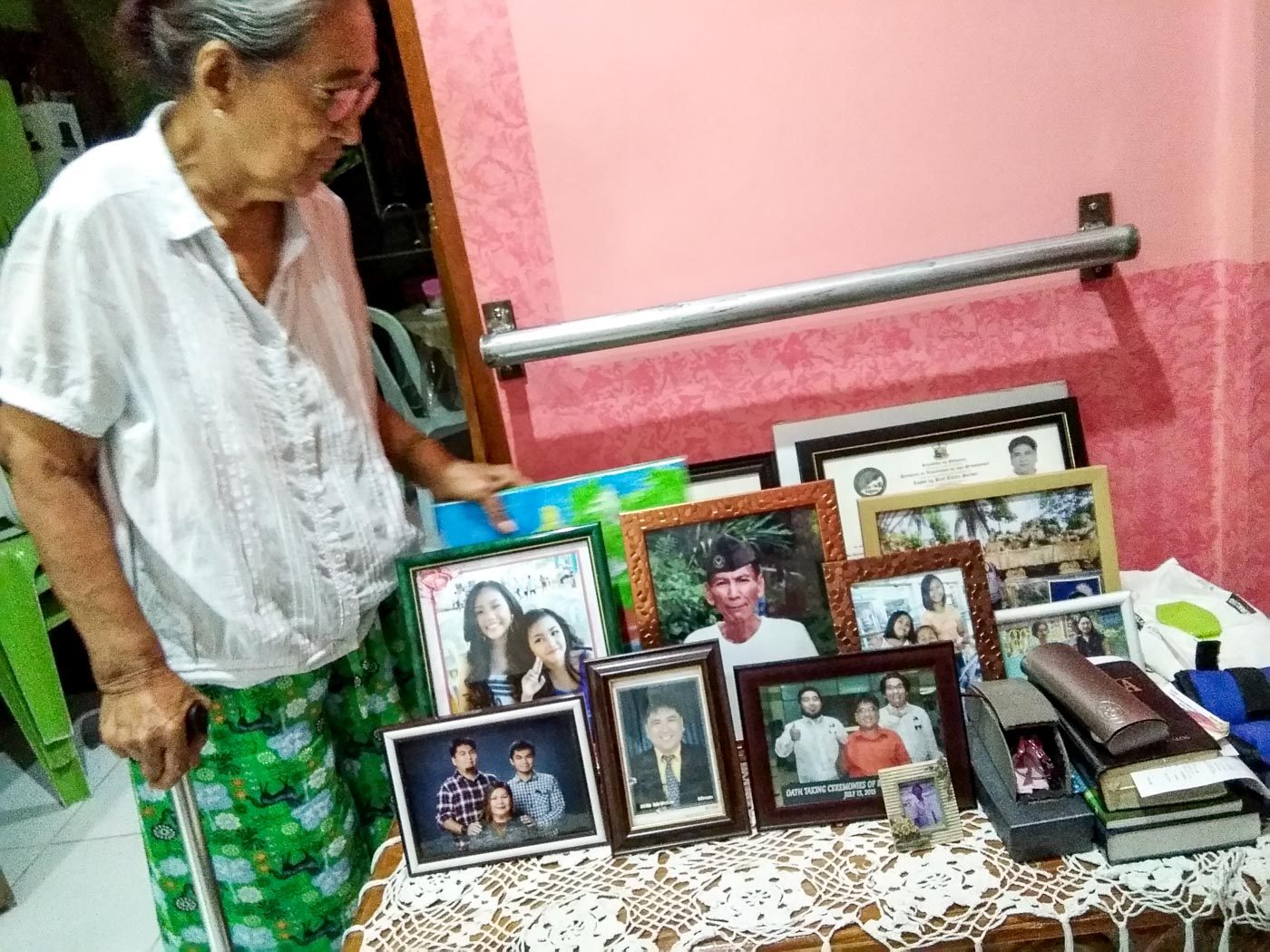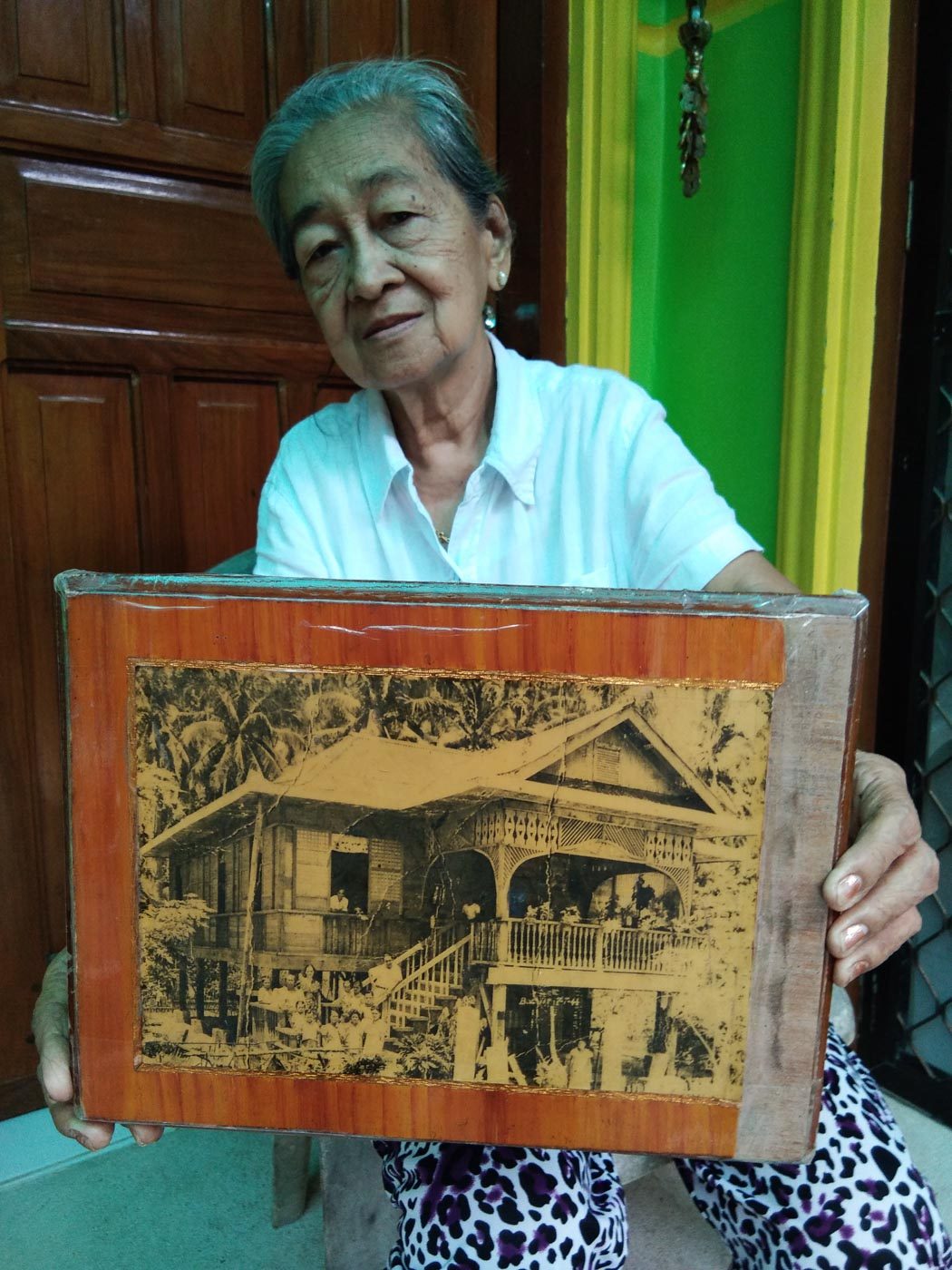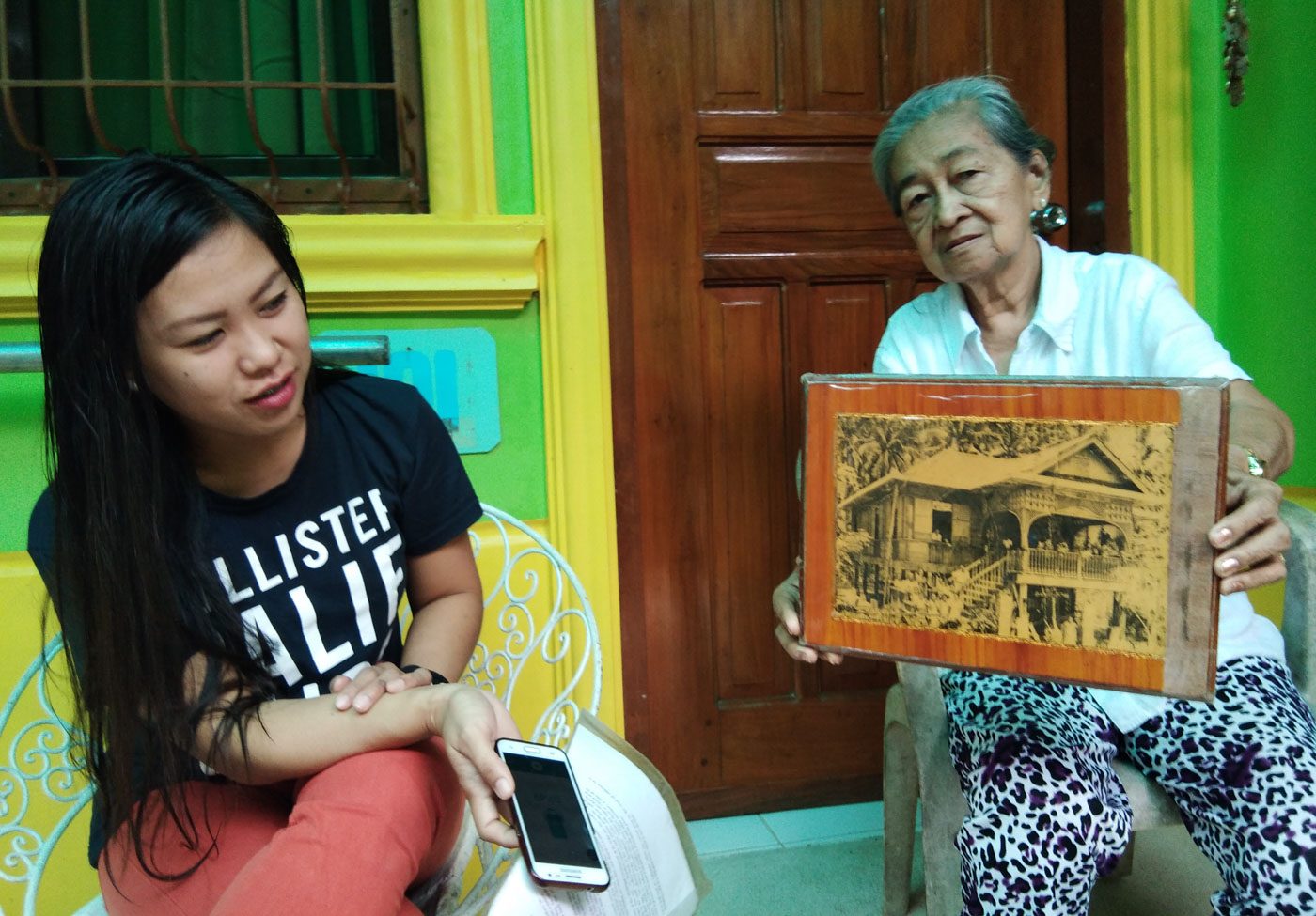SUMMARY
This is AI generated summarization, which may have errors. For context, always refer to the full article.

El Nido is the ultimate diving resort but the price is anything but – a stay in the posh resorts in the islands can be had for as much as P26,000 per night.
But as early as 1985, when the resort town was known to only a few people, the price for a room in the first lodging area was cheaper than a cup of instant coffee.
“Twenty pesos a night,” Teodora Marcelino Austria sheepishly told us.
That was in 1986 when El Nido was virtually unknown.
“But that was when tourists started trickling in,” she said.
Austria knew only one foreign traveler at that time, an Australian named Murray, who was so mesmerized at the place that he just wandered around.

Today, about 2,750 tourists, mostly foreigners, come to El Nido and try the different tour packages to the islands and islets off the town.
There are hundreds of inns and hotels for them to stay, with more and more being built today.
Austria, together with her late husband Prospero, started Countryside in 1985. They only had 5 rooms then and a full view of the beach.
Countryside has since become Austria’s Place. It is still a quaint place, favored by foreign backpackers and dwarfed by taller structures along Real Street, which had become the second road parallel to the beachfront.
Even as the neighborhood has become rowdy, Austria’s Place has a notice for those staying there to keep the videoke until 10 pm in respect to the elders in the place.
Austria was 20 years old when she first came to Palawan in 1959. She was born in Bacarra, Ilocos Norte and came to Palawan to look for the family of her cousin whose boat sank in the area and drowned the whole family.
Teodora met Prospero and stayed in El Nido. Her husband belonged to the pioneer of the place, Jose Rios, who brought three boatloads of people from San Jose, Antique in 1900 in this place called Cabigsing.
The town was then known as Bacuit until it was changed to El Nido in 1955.
Andres said that the chief income of El Nido came from copra, beeswax, sea cucumber, lumber, marine products and, of course, el nido, the nest of swiftlets (balinsasayaw) which they wove by regurgitating their saliva into strands.

“My husband decided not to go into the business because it was so dangerous,” she said.
The gatherers known as bociadores would gather the nests on the side of the limestone caves sometimes a kilometer up.
She remembered when those nests were sold for P200 a kilo. Now they sell for almost P200,000.
She said that her husband would often trade dried squid which he then sold for two pesos a kilo back then, although he sold them by the tons to Manila.
Prospero died in 2010, but he kept his family to live within their compound in El Nido.
One of his sons has since become a noted realtor in the town.
But Teodora hardly left her home, caring for her apos and watching her old town grow much faster than her memories. – Rappler.com
Add a comment
How does this make you feel?
There are no comments yet. Add your comment to start the conversation.